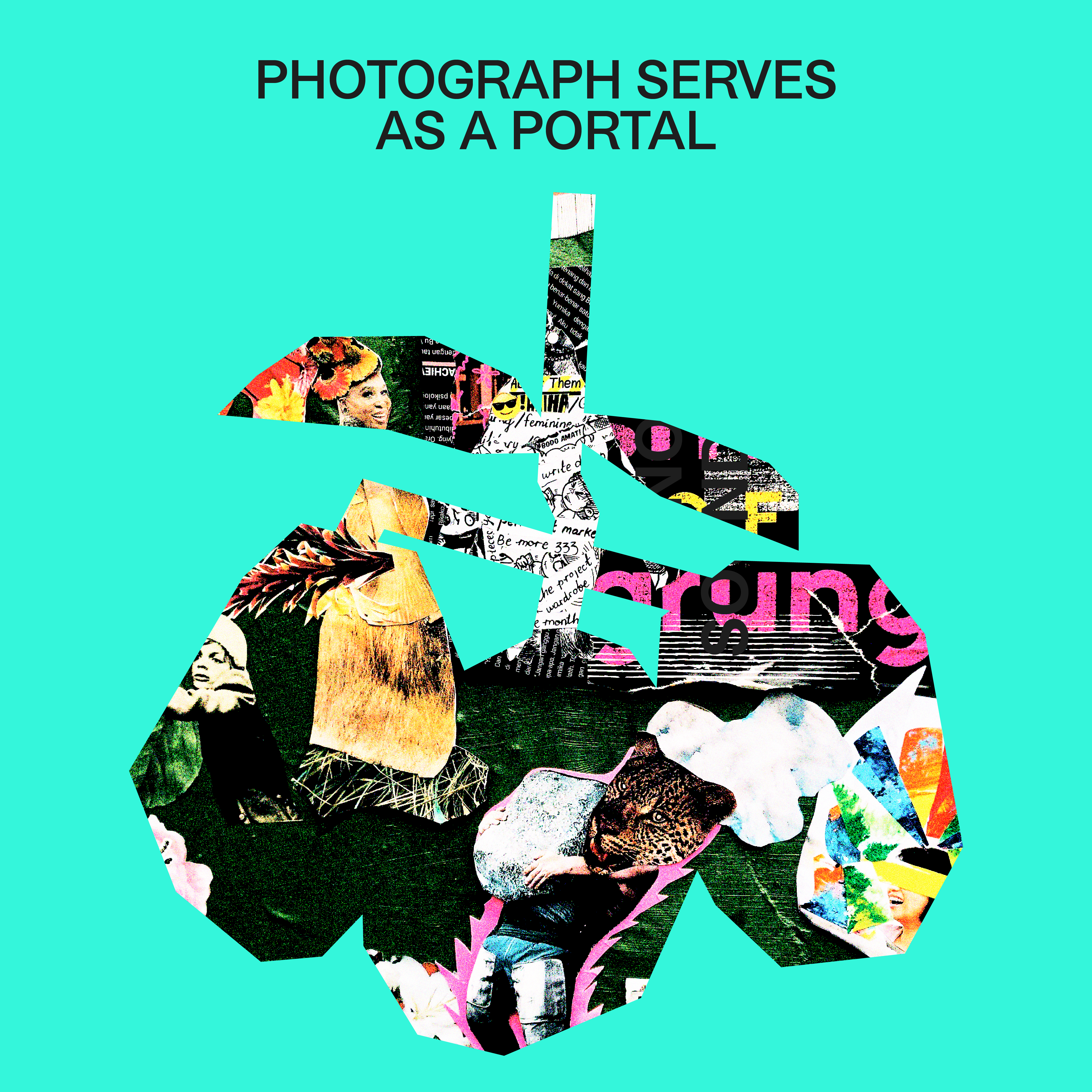Echoing Imprints
A walkthrough of Aghnia's «Echoing Imprints», an intimate exploration of Jakarta’s vibrant music culture that captures the important sites at the very heart of the city’s music scene. Aghnia’s photo series takes the audience through the important venues, markets, and music shops frequented by gig-goers and collectors.
Aghnia’s «Echoing Imprints» is an intimate exploration of Jakarta’s vibrant music culture that captures the very soul of the city’s music scene. Each photograph serves as a portal into these unique environments, transforming mere documentation of locations into living, breathing entities that pulse with the rhythm of Jakarta’s music.
Capturing the city’s hum through its hibernating facades, Aghnia’s pictures show walls of defunct venues and cassette kiosks bearing the energy of countless nights of noise and voices, of countless journeys from every visitor digging for treasure. Every peeled-off sticker, every faded scratching on the walls, holds a lingering rhythm. «Echoing Imprint» invites you to listen to the silent hum etched in solitude.
One of the standout locations in Aghnia’s collection is the number of traditional markets (pasar) that morphed into a microcosm of Jakarta’s contemporary cultural scene. The fragments of Pasar Gembrong, the corridors of Pasar Jembatan Item, the pavements of Pasar Kebayoran. At the second floor of Pasar Santa, the scent of traditional spices mingles with the aroma of freshly brewed coffee, while the echoes of haggling vendors blend with the hushed tones of music aficionados.
Aghnia’s photographs reveal a layer of gentrification that has transformed spaces like these into a haven for vinyl records, rare books, vintage clothing, and quirky accessories. These are the places where conversations about music, the scene, and life in general flow freely, creating an ambiance that is both relaxed and intellectually stimulating. Collectors poring over records, the warm glow of vintage finds, and the casual camaraderie among patrons tell a story of a space that is both nostalgic and cutting-edge.
The Blok M area, a longstanding symbol of Jakarta’s youth culture, also receives special attention in Aghnia's series. Though weathered and chaotic with the abundance of weekly visitors, Blok M Square houses a treasure trove of second-hand record shops and bookshops, each holding countless stories within their dusty shelves. Rows of Chinese and Batak restaurants serving authentic pork-laden dishes side by side with halal Nasi Padang and Warteg stalls are where music enthusiasts calm their hunger while comparing their record browsing finds. Just steps away from Blok M, a relatively new complex, which was – jokingly – named M Bloc emerges as a dynamic cultural hub, hosting an array of events in its trendy cafes, restaurants, and bars. Aghnia’s lens highlights the area's blend of nostalgia and modernity, capturing the faces of both longtime locals and newcomers drawn to Blok M’s magnetic pull.
Kongsi 8 provides a stark contrast, yet another vital piece of Jakarta’s musical puzzle. Nestled within a shadowy gemstone market in East Jakarta, this venue is a safe haven for the city's queer community. Kongsi 8 evokes intimacy and resilience, portraying a space where acoustic gigs, coquette parties, art exhibitions, and zine workshops flourish. The photographs capture the warmth and inclusivity of this space, showing how music and art can create a sanctuary in the midst of challenging surroundings. The raw honesty of the environment, combined with the vibrant creativity of the events held there, makes Kongsi 8 a compelling subject for Aghnia’s camera.
Toba Dreams, a heritage venue in Manggarai, presents a unique juxtaposition. An important place for the ethnic Batak diaspora in Jakarta, the venue features a large live house adorned with traditional Batak ornaments. Independent music communities often rent this live house to host independent music concerts, creating an odd but fascinating cultural clash.
Finally, Rossi Fatmawati, an old, somewhat eerie building on the bustling Fatmawati Street, is portrayed as a legendary crucible for many of Jakarta's iconic bands. With two distinct rooms for live performances, the one downstairs for gnarly punk/metal shows and another for larger performances, Rossi is a space filled with stories, both of music and of something almost spectral. The dark corridors and stairwells carry an air of mystery, perhaps even hauntings, yet they are also the birthplace of some of the most memorable concerts in the city's history.
Through «Echoing Imprints», Aghnia goes beyond documenting spaces. She captures the emotional and cultural essence of Jakarta's music scene. Each photograph is a window into a world of passion, connection, and the enduring power of music. Her work is a tribute to the city’s rich cultural tapestry, honoring those who keep its music alive and vibrant. By inviting viewers to look closely and listen deeply, Aghnia reveals how music shapes communities, preserves memories, and defines the very soul of a place.
This photo series is part of the digital publication Norient City Sounds: Jakarta, curated and edited by Gisela Swaragita.
Biography
Biography
Published on August 27, 2025
Last updated on September 01, 2025
Why do people in Karachi yell rather than talk and how does the sound of Dakar or Luanda affect music production?
From Korean visual kei to Brazilian rasterinha, or the dangers of suddenly rising to fame at a young age.
A form of attachement beyond categories like home or nation but to people, feelings, or sounds across the globe.
How can sound & music be preserved and at the same time evolve in line with the present?
Special
Snap


































































































